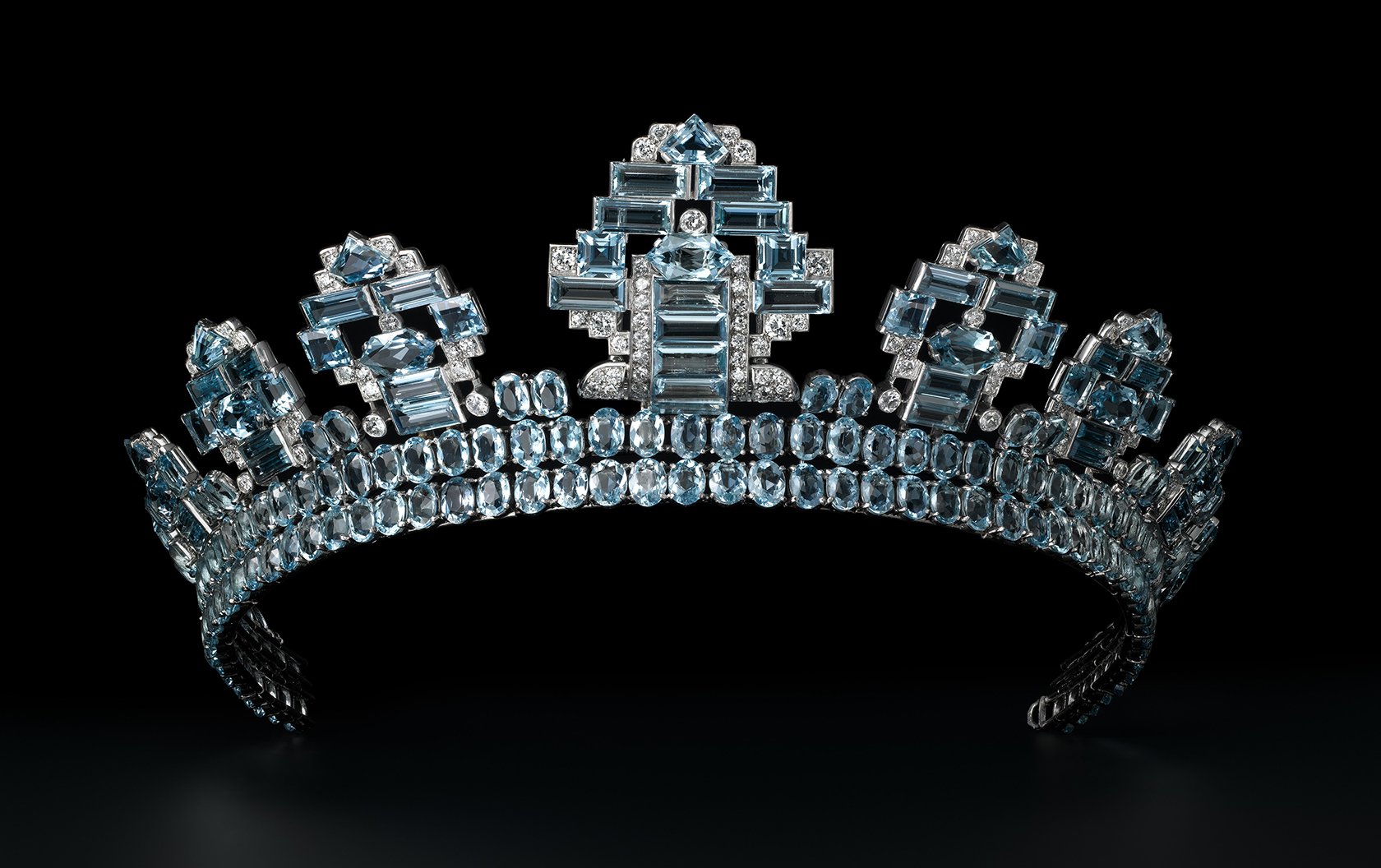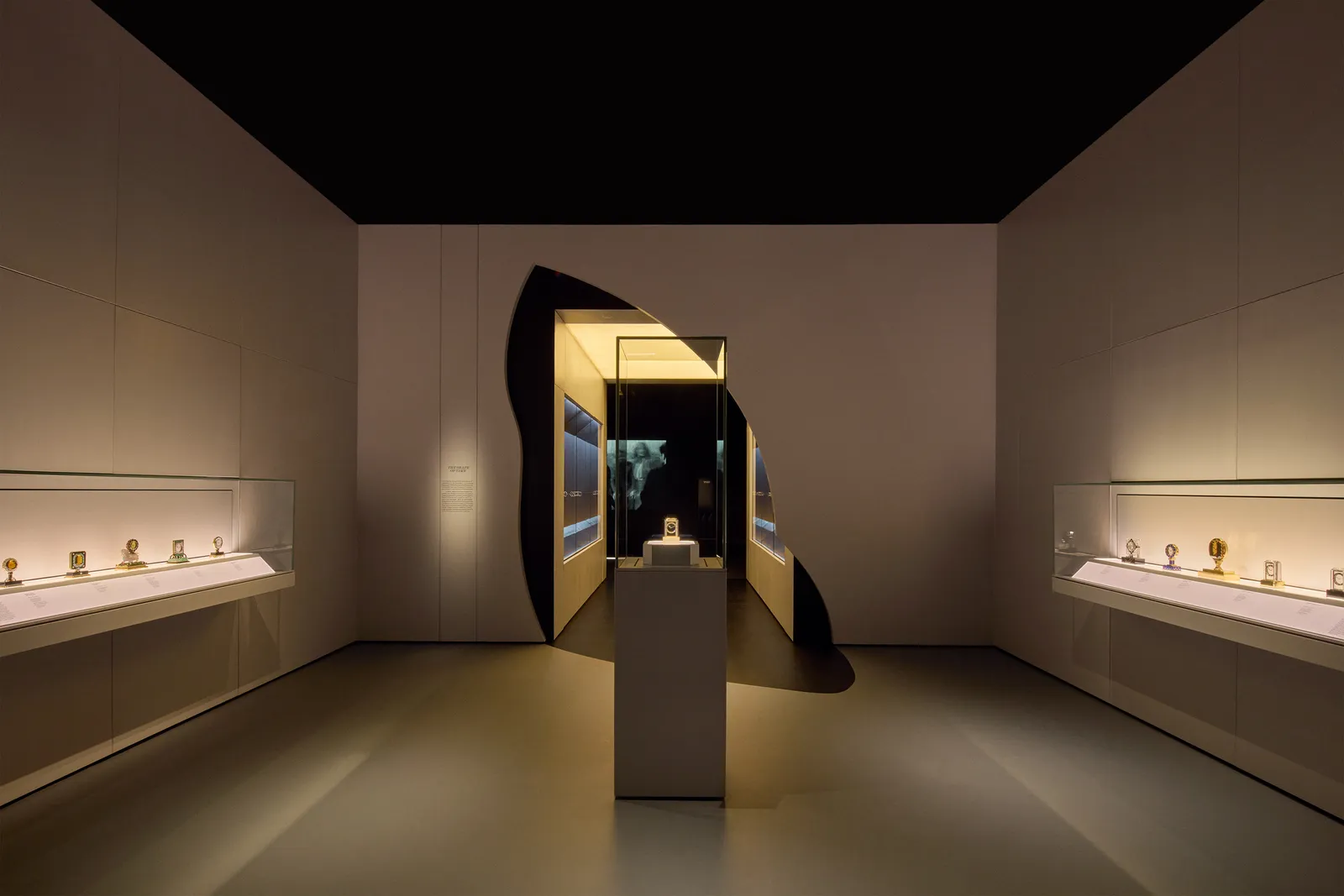The Victoria and Albert Museum (V&A) in London has inaugurated the exhibition “Cartier: Crafting the Exceptional,” a journey through more than a century of the French jewelry house’s history. The exhibition brings together over 350 pieces, including jewelry, watches, design objects, and sketches from the Cartier archives as well as from public and private collections around the world.
 The exhibition explores how Cartier evolved from a family business into one of the most internationally recognized luxury houses. Through its creations, it reveals the brand’s stylistic evolution and its ability to adapt to the aesthetic, cultural, and technological changes of each era.
The exhibition explores how Cartier evolved from a family business into one of the most internationally recognized luxury houses. Through its creations, it reveals the brand’s stylistic evolution and its ability to adapt to the aesthetic, cultural, and technological changes of each era.
The exhibition is structured into three main sections:
The first, “Creativity,” examines the influences that shaped Cartier’s identity — from classical French architecture and Islamic art to natural motifs and South Asian jewelry.
The second, “Materials and Technique,” highlights the brand’s craftsmanship mastery and innovation in working with gemstones, timepieces, and high jewelry, including the iconic panther motifs and Art Deco compositions.
The third, “Constant Reinvention,” focuses on how the brand has consolidated its image of excellence and expanded internationally throughout the 20th and 21st centuries.
 Among the pieces on display are the Williamson Diamond brooch, created for Queen Elizabeth II in 1953 and featuring one of the rarest pink diamonds in the world, as well as the Scroll Tiara from 1902, worn at her coronation. The exhibition also includes iconic timepieces such as the Tank and the Santos, exemplifying the perfect balance between functional design and technical precision.
Among the pieces on display are the Williamson Diamond brooch, created for Queen Elizabeth II in 1953 and featuring one of the rarest pink diamonds in the world, as well as the Scroll Tiara from 1902, worn at her coronation. The exhibition also includes iconic timepieces such as the Tank and the Santos, exemplifying the perfect balance between functional design and technical precision.
 Curated by the V&A team in collaboration with Cartier, the exhibition will be open to the public until November 16, 2025, at the museum’s South Kensington location. Through this showcase, the V&A offers a comprehensive perspective on Cartier’s creative and technical legacy, placing the maison within the broader context of design history and material culture.
Curated by the V&A team in collaboration with Cartier, the exhibition will be open to the public until November 16, 2025, at the museum’s South Kensington location. Through this showcase, the V&A offers a comprehensive perspective on Cartier’s creative and technical legacy, placing the maison within the broader context of design history and material culture.
© Images of Cartier





